Crafting an Effective Data Governance Mission Statement
Data has become central to every business decision, but without a shared understanding of how it's governed, even the best strategies can stall.
A strong Data Governance Mission Statement provides your organization with a clear direction. It clarifies priorities, supports compliance, and reinforces trust in the data your teams rely on every day. For executives, it becomes a tool to drive accountability and scale smart decision-making across departments.
This quick guide will help you craft a mission statement that’s grounded in your business goals and ready for execution. You’ll also see how platforms like Arkon Data Platform and Unity Catalog can turn strategy into action across even the most complex enterprise environments.
What Is a Data Governance Mission Statement?
A Data Governance Mission Statement is a concise declaration of why data governance matters in your organization and how it will be operationalized. It defines your principles, communicates your goals, and sets the tone for accountability.
Why It Matters
-
Clarifies purpose across teams and leadership
-
Drives alignment with business and regulatory goals
-
Engages stakeholders from IT to business lines
-
Guides decisions when facing data-related challenges
-
Measures success with clear, actionable outcomes
Without a strong mission, governance efforts tend to become fragmented, misunderstood, or deprioritized.
Key Components of an Effective Mission Statement
A mission statement should be bold, specific, and easy to understand. Here are the core elements it should include:
1. Purpose Statement
What is your data governance ultimately trying to achieve?
2. Scope and Responsibility
What types of data and processes are included? Who is responsible?
3. Principles and Values
Common examples: data integrity, transparency, compliance, and stewardship.
4. Measurable Objectives
Define SMART goals tied to quality, access, usage, or risk mitigation.
5. Stakeholder Commitment
Demonstrate that the effort is cross-functional, not just IT-driven.
6. Governance Structure
Explain the roles, committees, and escalation paths that uphold this mission.
Bonus Tip:
Use language that is accessible to both technical and non-technical audiences. Avoid jargon.
Example of a Brief Modern Mission Statement
At Arkon Data, our mission is to enable trusted, accessible, and actionable data across the enterprise. We do this by: Embedding governance into every data pipeline. Empowering teams with self-service access with guardrails. Aligning our policies with business outcomes, compliance, and innovation. Governing even our most complex data systems from ERP to AI.
This mission statement acts as a strategic directive that influences architecture, vendor selection, training programs, and the broader data culture.
Don’t Forget Data Management
A common mistake is separating governance from the day-to-day tasks of data management.
Governance sets the standards that shape how data should be handled. Data management applies those standards in daily operations.
Make sure your mission statement reflects this connection. Show how principles (like lineage or access control) link directly to actions (like tagging metadata, enforcing policies, and training users).
Operationalizing the Mission: Where Arkon Data Platform Helps
A clear mission provides direction, and its value becomes measurable when it’s consistently applied through technology, policy, and process. Arkon Data Platform helps operationalize your governance model with tools that integrate across your entire environment:
-
Extend governance to complex systems like Oracle Fusion Cloud (ERP, HCM, SCM) while preserving structure and semantics
-
Connect data to Unity Catalog, enabling access control, auditing, lineage, and schema enforcement directly in Databricks
-
Unify governance across Snowflake, Azure, Salesforce, and more, supporting structured and unstructured data
-
Enable decentralized governance while maintaining enterprise-wide standards
Whether your model is centralized, federated, or hybrid, Arkon helps you move from documentation to execution.
5 Strategic FAQs
1. How do I balance aspirational goals with technical limitations?
Start with a mission that reflects what’s achievable now, but make room for growth.
2. Should I create different mission statements for different business units?
Stick with one statement that supports federated execution. It should be broad enough to include all teams but focused enough to stay relevant.
3. How do I make executives care about a mission statement?
Tie it to real business drivers: customer trust, regulatory readiness, operational efficiency, or AI strategy.
4. Can a mission statement evolve?
Yes. Revisit it regularly. As your tech stack, team structure, and priorities change, your governance mission should adapt.
5. What if my mission is strong, but the data is still siloed?
This usually signals an execution gap. A platform like Arkon can help break down silos by integrating governance into core infrastructure.
Conclusion
Your Data Governance Mission Statement should guide more than just policy; it should influence how your teams build, share, and trust data.
When it's built on business priorities and backed by action, it becomes the foundation for:
-
Trusted AI and analytics
-
Faster compliance and audit cycles
-
Cross-functional data collaboration
-
Smarter, safer use of enterprise data
If you're ready to put your mission into motion, Arkon Data can help.


